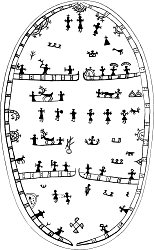Sámi drums
A Sámi drum is a shamanic ceremonial drum used by the Sámi people of Northern Europe. Sámi ceremonial drums have two main variations, both oval-shaped: a bowl drum in which the drumhead is strapped over a burl, and a frame drum in which the drumhead stretches over a thin ring of bentwood. The drumhead is fashioned from reindeer hide.
The drums can be classified according to their construction and decoration styles. Though the exact place of origin is known only for a minority of the surviving drums, the distribution of each type seems to correspond so closely to the territory of a distinct Sámi language (if the now extinct Kemi Sámi language is included), that the terms used for the languages may with some caution also be applied to the drum types.
South Sami
Characterised by a central sun cross (missing on a single drum) and an unbroken path around the edge, and by the absence of horizontal lines separating the field in separate compartments as in all other styles. These drums are typical for the South Sami speaking areas.

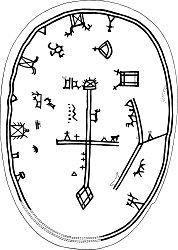
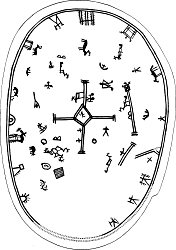



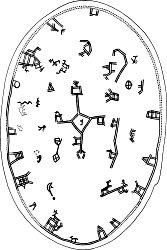
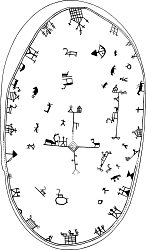
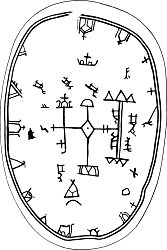


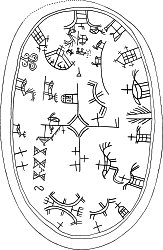
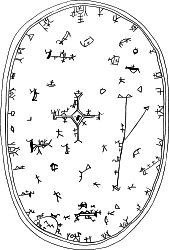

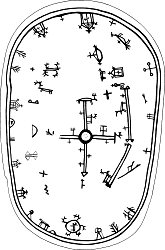
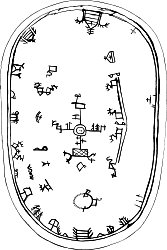
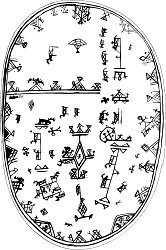
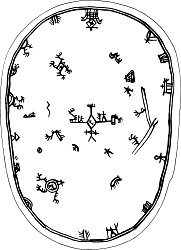

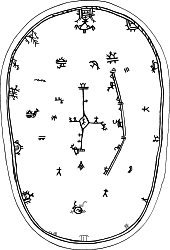
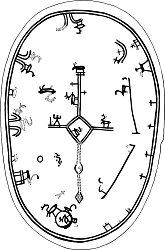
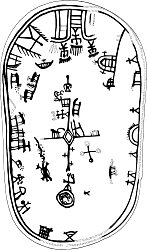

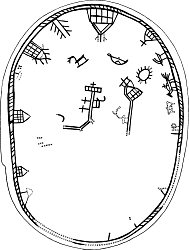
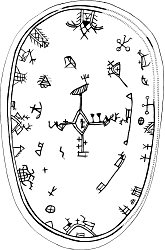
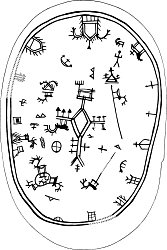
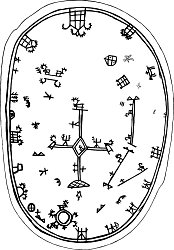
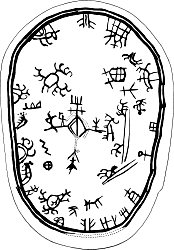

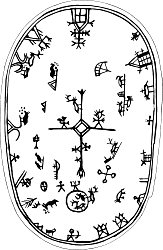

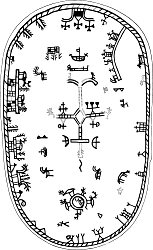
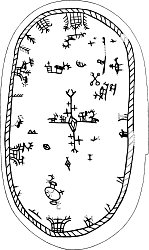
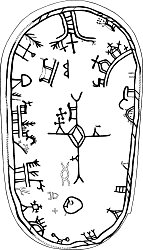
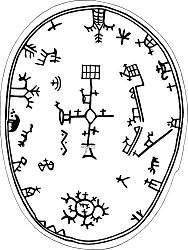


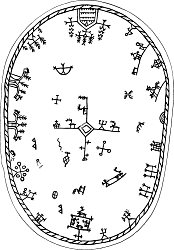
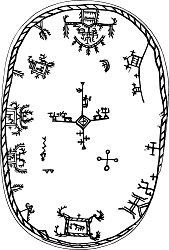
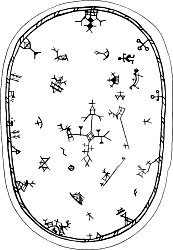
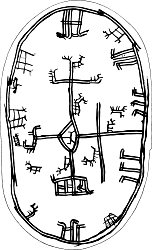
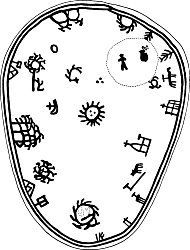
Ume Sami
Ume Sámi drums here have a sun cross like the neighbouring South Sámi ones. These drums are typical for the Ume Sami speaking areas.
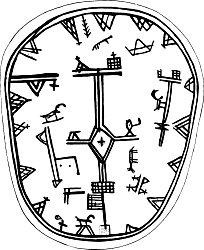
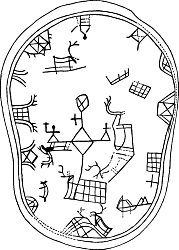

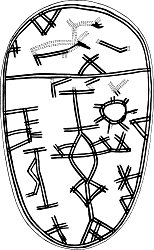
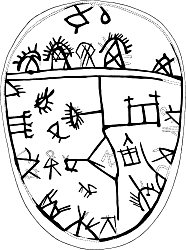
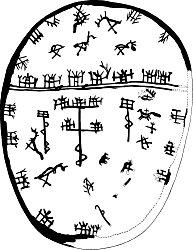
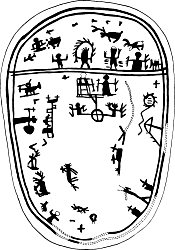
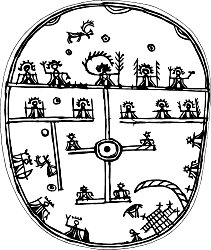

Pite Sámi
The Pite Sámi designs instead have a central vertical dividing line, so that the drums are divided into three fields of roughly equal size. These drums are typical for the Pite Sami speaking areas.
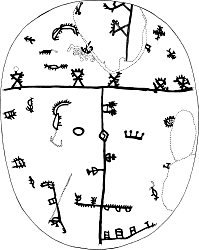
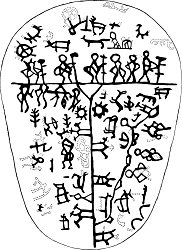


Lule Sámi
The Lule Sámi drums again have a representation of the sun centrally placed in the lower field, but here it is circular rather than cross-shaped. These drums are typical for the Lule Sami speaking areas.

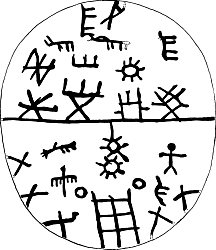
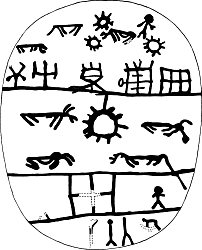
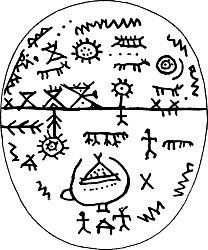
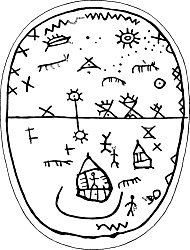
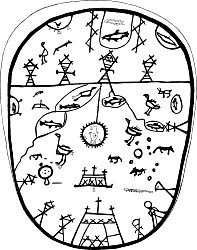
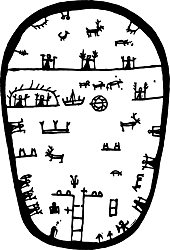

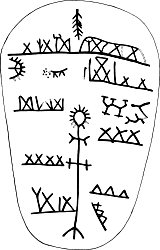
North Sami
The North Sámi drums have a second horizontal line spanning the entire width, so that the field is divided into three rows of roughly equal size. These drums are typical for the North Sami speaking areas.
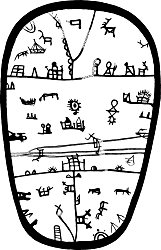
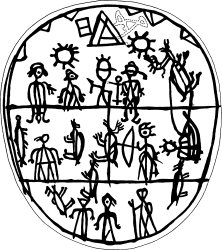
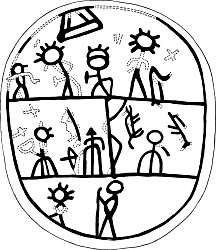

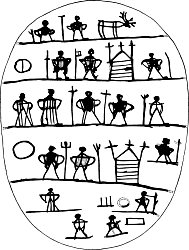
Kemi Sámi
Kemi Sámi drums have the two horizontal lines in common with the North Sámi ones, but the horizontal lines are drawn with double lines with ornamentation between them. These drums are typical for the areas where Kemi Sami was spoken.
